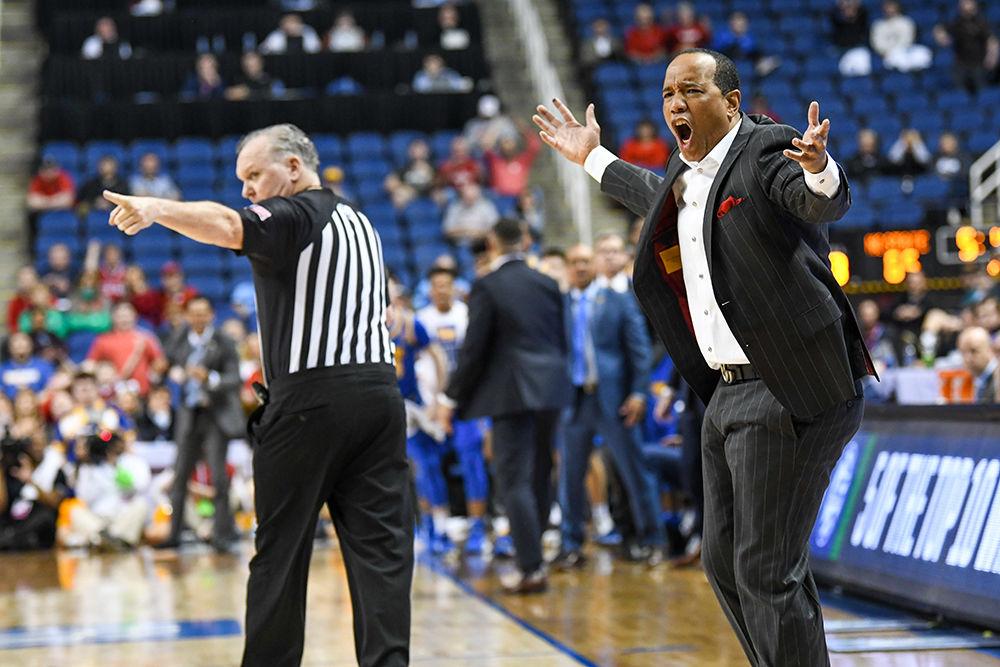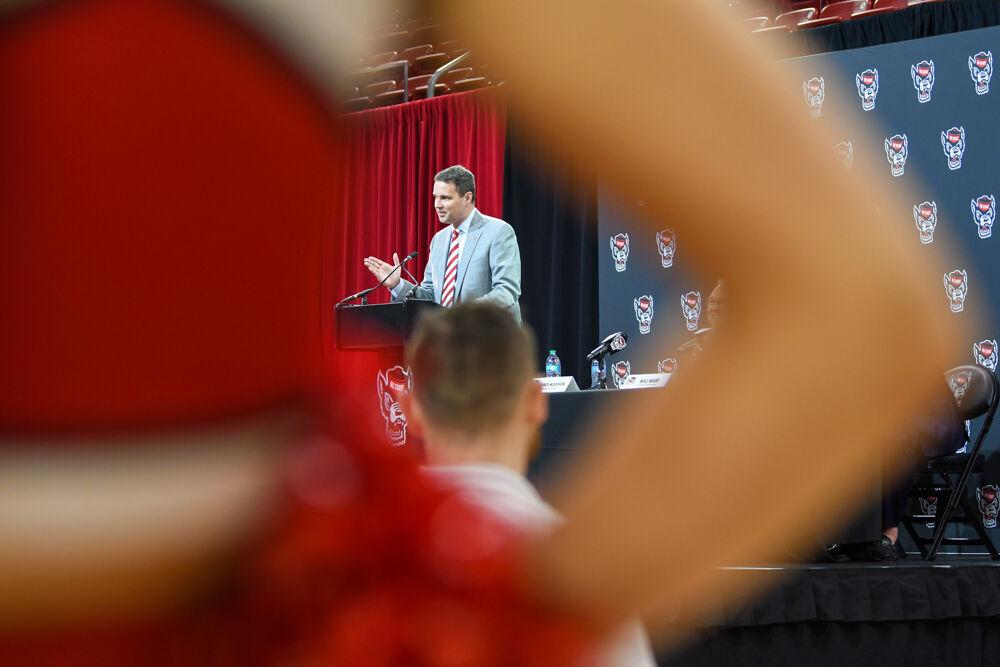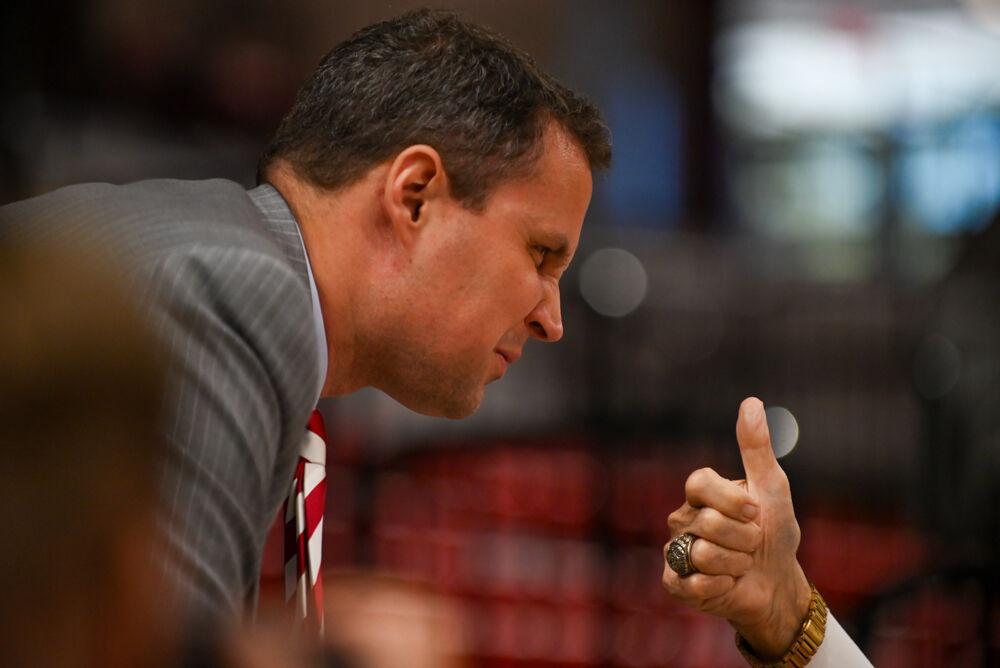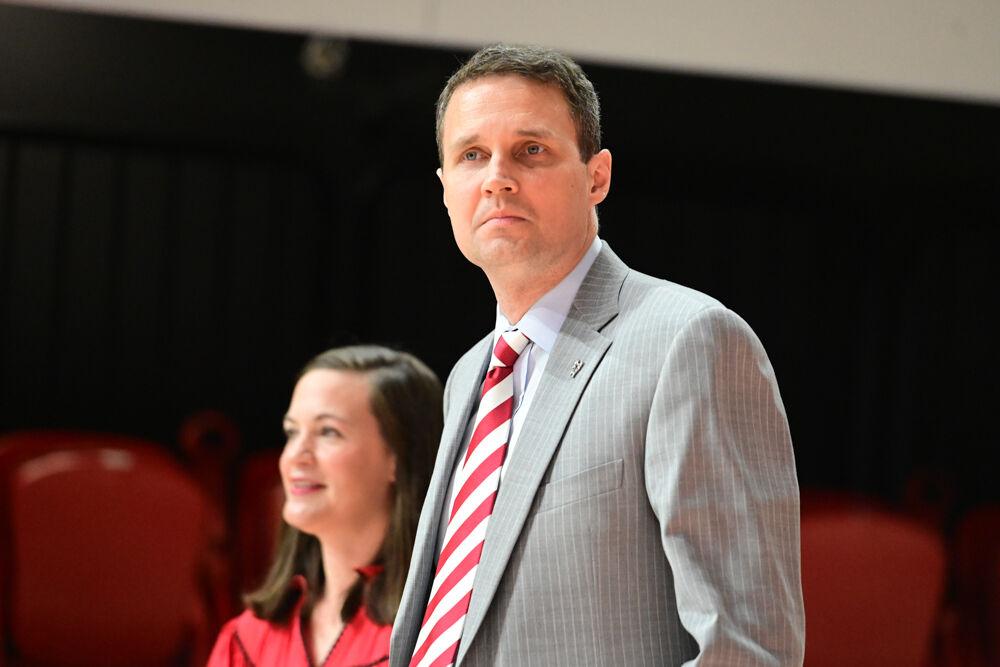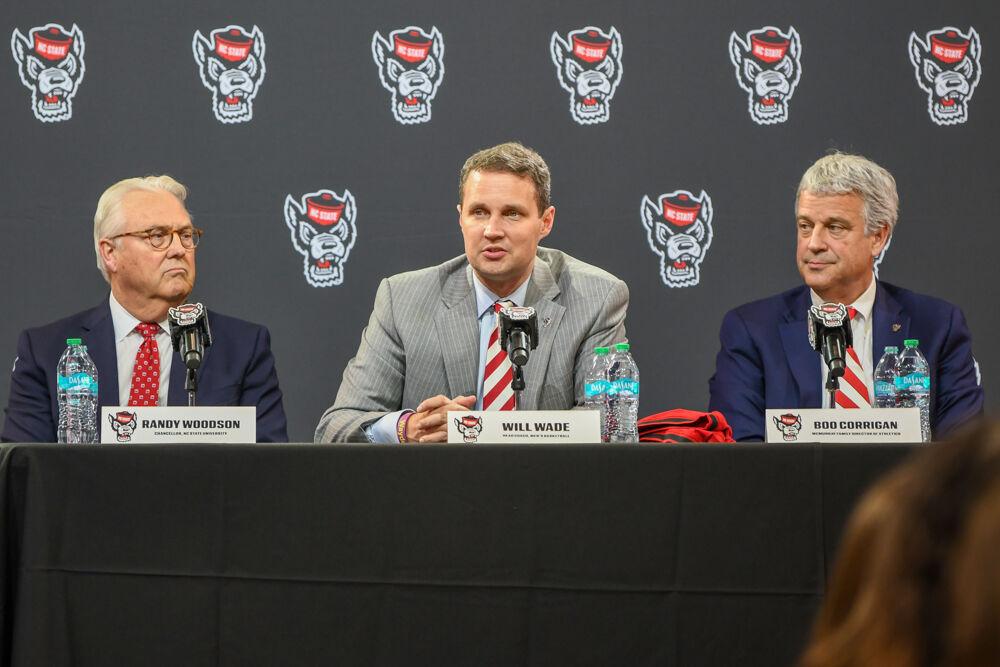On March 11, 2020, NC State men’s basketball won its last game of the season, 73-58, over the Pittsburgh Panthers. Normally, only one team ends the season with a win: the national champion. Of course, this did not come about due to ordinary circumstances, as that last game was in the middle of the ACC Tournament. Since then, the NCAA has patiently waited for the fate of basketball this season, hoping the outcome does not repeat from a season ago.
On Sept. 9, NC State men’s basketball coach Kevin Keatts, along with other ACC men’s basketball coaches, approved sending out a statement recommending that all Division I NCAA schools make the NCAA Tournament this coming season. The message is clear: After a year in which no team had the opportunity to win the NCAA title, ACC coaches saw giving every team a shot at the title as the only means to rectify what was a waste of a season. But a tournament in which every team gets to participate is the wrong way to go about achieving those ends.
There’s a reason why the NCAA decided that holding an NCAA tournament, an event that makes the organization millions of dollars, wouldn’t be possible this year: There was no way the NCAA could keep students safe in order to start playing again.
With college football starting up again, it’s evident the NCAA has figured out how to abide by basic hygienic guidelines, at least when it comes to two football teams playing in a stadium. As for a 300-plus team tournament, that’s understandably a more complicated situation to devise a solution for, and one where a solution probably won’t be found. As of now, there’s no way that holding a tournament with 300 teams would be safe.
Let’s look at the NBA, the professional counterpart to NCAA men’s basketball. The bubble system implemented by the NBA, which essentially kept basketball teams in isolation for the remainder of play, only allowed for 22 of the NBA’s 30 teams to continue play. While on paper this was only so that teams in contention for the playoffs could compete, the need to reduce the number of teams in the bubble stresses how important limiting the number of players and personnel at venues is to creating a safe environment.
If the NBA couldn’t have even 30 of their teams enter the bubble, how can the NCAA feasibly create a tournament with over 300 of them? Even if teams were divided into regions, and every team didn’t have to be in the same venue as the NBA has its players do, would each region even come close to matching the NBA’s 22?
If the safety of the players and coaches were guaranteed, then collegiate basketball, in any shape or form, would be accepted and fans of the game would look forward to it. But let’s take a look back at what the point of having an NCAA Tournament is.
The point of having a tournament like March Madness is to help decide who the best teams are, and up until now, the teams that have made the tournament have been conference champions and at-large bids, the NCAA’s way of saying the “best of the best.”
The NCAA Tournament’s single-elimination style creates opportunities for upsets, decreasing the likelihood that the tournament champion is really the best team in college basketball, but at least when these upsets happen, the losing team can take solace in the fact that they lost to a team good enough to qualify for the tournament, either winning their conference championship, or being good enough to be selected by a committee. By allowing every team to qualify for the tournament, the filter that lets the good teams play and the not-as-good teams play for the NIT is taken away.
While it might be interesting in the moment for a random team from the Mid-Eastern Athletic Conference or Atlantic 10 to win the championship, a big reason why the tournament is seen on television every year is because people want to see who the cream of the crop in the college basketball world is. The tournament isn’t perfect, but generally speaking, it’s an elite team that wins the title every year, and the tournament gains validity as a litmus test for determining who that best college team is.
Sure there are the 2010 and 2011 Butlers, the 2011 VCUs and 2006 George Masons who crash the party, but they only made the Final Four after proving they belonged all year. Having a team get lucky and steal a title when they normally wouldn’t be able to decreases the faith people have in the NCAA to create a tournament that can determine who the best of the best is. It’s not that this hasn’t happened before, with the NIT, who was once more popular than the NCAA Tournament but lost its prestige after the NCAA was able to secure better teams.
In the crazy world that’s come about due to COVID-19, college sports are a helpful and necessary distraction. But sports should only come back if the safety of the players is guaranteed, and if the results are seen as legitimate. And that just can’t happen if all Division I teams are invited to the NCAA Tournament.


